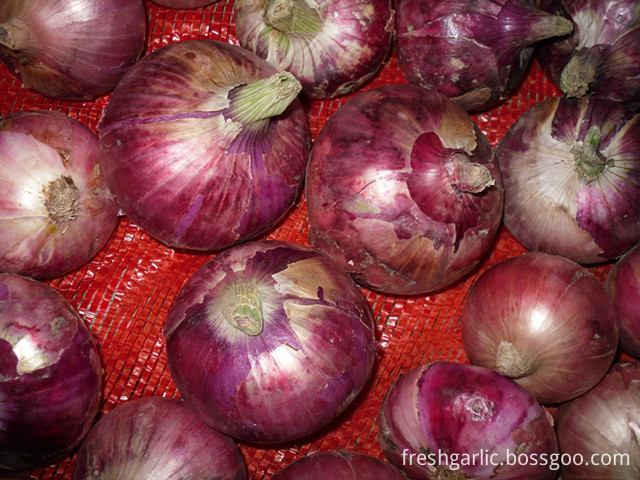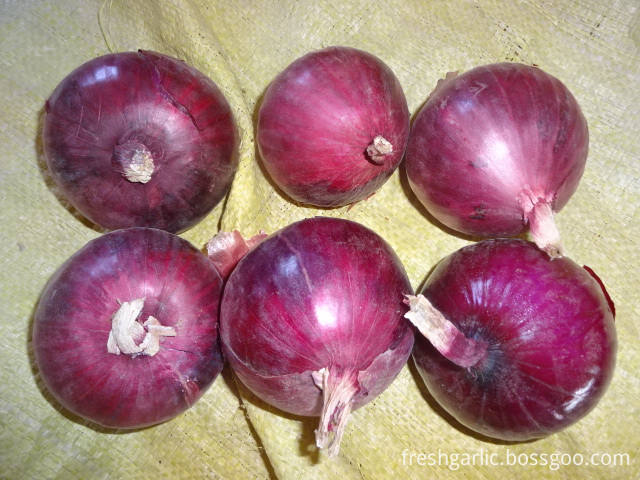First, the cause Cows with light-sensitive substances deposited in the skin, grazing, or being reared outside the house are exposed to sunlight. The skin in the area of ​​white hair is red and itchy, and the inflammatory products are gradually visible, resulting in skin loss and necrosis, which is clinically referred to as light allergy. According to relevant data in Japan, there are three reasons why light allergens are deposited on the skin: (1) Absorb light-sensitive substances into the body. This is mainly due to feeds containing light-sensitive substances, such as buckwheat and wortgrass, which are converted into light-sensitizing substances in the body after eating. Examples include the administration of phenothiazine, injections of acridine yellow and methylene blue with light-sensitive substances; (2) The production of light allergic substances in the body is caused by the genetic deposition of porphyrin, which lacks certain enzymes and produces excess light-sensitive substances; (3) Discharge of light-sensitive substances into the body is hindered. In the digestive tract of cattle, the chlorophyll in the feed is decomposed and the light-sensitive substance changes chlorophyll to chlorotrichlorochrome. These chlorophyrins are absorbed into the blood. And then deposited on the skin. In addition to these three reasons, there are also unexplained causes. Second, the symptoms The skin lesions are limited to the white hair area, and the black hair area and its boundary are very obvious. After the initial onset of the disease 1 to 2 days, the white part of the skin became red and swollen, with localized thermal sensation and pain. The degree of swelling is higher than that of normal skin. Because it is a product of skin inflammation, most of the lesions are sticky. These symptoms are more common in the white hair of the back, followed by the abdomen and breasts. After the condition became worse (3-7 days), the lesions became more severe and the deep tissue of the skin became necrotic. In the light case of feeding, the epidermis gradually fell off and recovered. In severe cases, the skin became dark red and gradually hardened and shedding as plate-like cracks. Sometimes there are local bleeding symptoms and it will soon resume. In addition to skin lesions, severe cases can be seen fever, depression, loss of appetite, respiratory urge, diarrhea or constipation and a sharp decline in lactation, jaundice, and mucous membranes. The liver palpation area expands and palpates pain, bruising and laminitis. Third, prevention and treatment For prevention, feeds with pathogenic factors should not be given during weekdays to avoid grazing in pastures with multiple occurrences of this disease; after the onset of disease, other cattle should be moved to other places or to other grazing sites; liver lice should be expelled before grazing; After the injection of fluorescent pigment or phenothiazine, at least it should be fed within 3 days. In addition, placing grazing in a cool place is the best way to prevent this disease. In the treatment, intravenous injection of 20% sodium thiosulfate 50-100ml or 0.5-1.0g per kg body weight may be given; subcutaneous injection of diphenhydramine hydrochloride 10-20ml; intramuscular or subcutaneous injection of prednisolone 10ml. In addition, intravenous injection of glucose and compound sodium chloride solution 3000 ~ 5000ml, in the solution can be added liver and vitamin k3, if necessary, repeated injections.
We have our own modern processing plants and a team of experienced processors. We have extensive processing experience in exporting to Africa, Middle East, Southeast Asia and South America. The company has a large number of export-grade red onions for a long time. Red Onion specifications are 4-12 cm, 10 kg or 20 kg net packaging, and can also be packaged according to customers' needs.
1. Commodity name:Red onion
2.Style: Fresh
3. Size: 3.0-5.0cm, 5.0-7.0cm, 7.0-10cm
4. color:Red
5.Packing:
8.Transporting and storing temperature: 0°C -+1°C
Red Onion Red Onion,Fresh Red Onion,Small Red Onion,Red Big Onion JINING FORICH FRUITS & VEGETABLES CO., LTD. , https://www.forichgarlic.com
2) or according to the clients' requirements.
6. Supply Period:
A) Fresh season: May to the middle of August
B) Cold storage season: August to December.
7.Conveyance:26-30MT/40'HR (loading quantity depending on packing)

